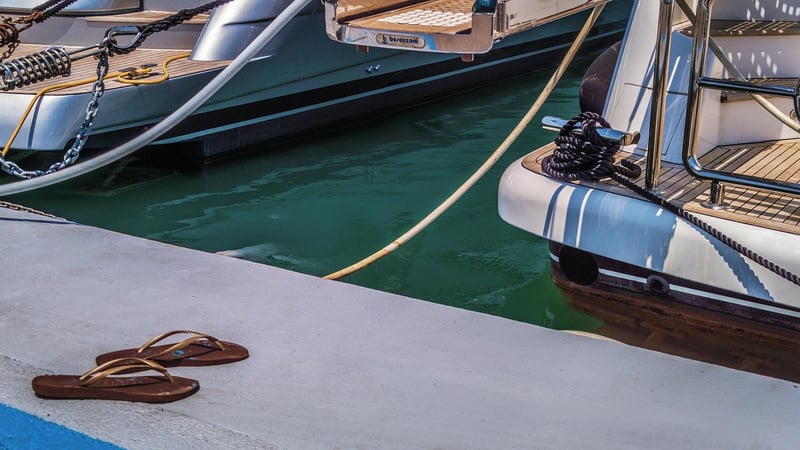Historical Etiquette
Prepare for Your Time-Travel Journey
Introduction
Embarking on a time-travel journey is an exciting and unique experience that requires careful preparation to ensure a smooth and successful adventure through different epochs. From packing essentials to understanding historical etiquette, this guide will help you get ready for your time-travel escapade.
Packing Essentials
Before you step into the time machine, make sure you have packed the following essentials:
- Proper identification documents
- Period-appropriate clothing
- Local currency from different eras
- Basic medical supplies
- Language translation guides
- Portable food and water
- A map of historical locations
Understanding Historical Etiquette
Each era comes with its own set of social norms and customs. To blend in seamlessly and avoid drawing unnecessary attention, familiarize yourself with the following historical etiquettes:
Victorian Era (1837-1901)
In the Victorian era, strict social hierarchies and elaborate rituals governed interactions. Remember to address people with appropriate titles, observe proper dining etiquette, and adhere to formal dress codes.

Renaissance Period (14th-17th Century)
During the Renaissance, art, culture, and intellect flourished. Engage in intellectual conversations, appreciate art and music, and show respect for scholars and artists of the time.

Roaring Twenties (1920s)
The 1920s were characterized by jazz, flapper fashion, and prohibition. Embrace the spirit of the era by attending jazz clubs, mastering the Charleston dance, and respecting the cultural shifts of the time.

Conclusion
By preparing adequately and understanding historical etiquettes, you can make the most of your time-travel journey and immerse yourself in each era's unique charm and customs. Bon voyage!
